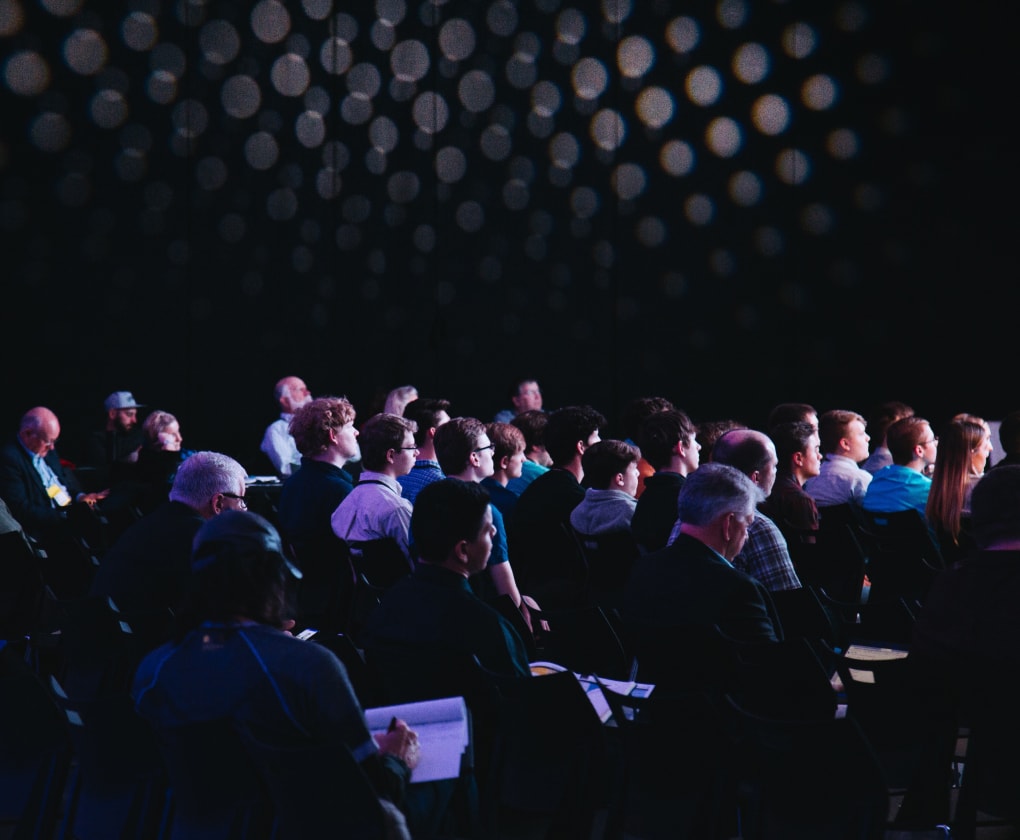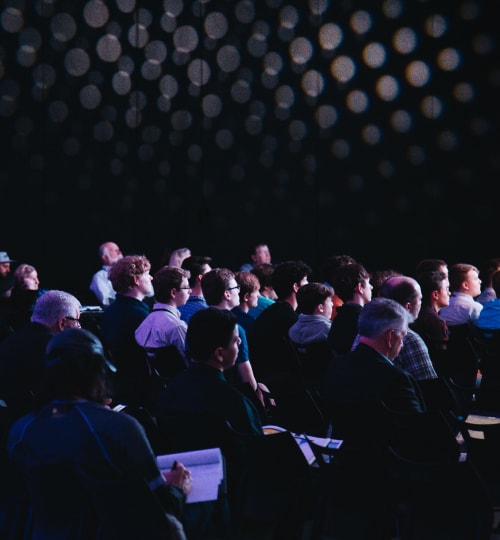Current Issue
NANOscientific Magazine, FALL 2024
Volume 27
01 Nov 2024
The 2025 NANOscientific Symposium is set to be a landmark event, uniting global experts in the fields of nanoscience and nanotechnology.
This year, we extend our focus beyond Scanning Probe Microscopy (SPM) to encompass a broader range of nanotechnological applications and innovations. With an enriched agenda featuring keynote presentations from trailblazers in the industry, interactive sessions, and enhanced virtual networking opportunities, attendees will have unprecedented access to resources and collaborations that drive research, innovation, and commercial success in the ever-evolving world of nanotechnology.
Interfacial electron-transfer (ET) reactions are fundamental to converting electrical energy into chemical energy and vice versa. The electronic state of electrodes significantly aects ET rates due to variations in the electronic density of states (DOS)
Extremely fast charging (i.e. 80% of storage capacity within 15 min) is a pressing requirement for current lithium-ion battery technology and also affects the planning of charging infrastructure. Accelerating lithium ion transport through the solid-electr
To advance the fields of semiconductor device technology and energy storage solutions, various analytical methods have been established. Among these, Scanning Spreading Resistance Microscopy (SSRM) is gaining recognition for its effectiveness in analy
Rechargeable aluminum batteries are gaining attention due to aluminum's abundance and stability. Understanding how initial surface properties of aluminum electrodes affect battery performance is crucial.
This study introduces
Perovskites are a class of materials that have emerged as promising candidates for use in photovoltaic cells, which are devices that convert light energy into electricity. Perovskite materials have shown high efficiency in converting sunlight into electri
Lithium-ion batteries (LIBs) are advanced portable energy storage solutions that fuel our daily devices like smartphones, laptops, and cars. To enhance their performance and quality control, we must grasp the nanoscale interaction between morphology and e
Atomic force microscopy (AFM) is a nano-scale microscopy technology that employs a sharp cantilever featuring a probe tip with a width less than 10 nm. By gauging the displacement of this cantilever, AFM detects atomic forces – both attraction and repulsi
The understanding of electrical properties in materials is a growing concern in materials research and the semiconductor industry. To address the limitations of current methods, new and existing technologies are being adapted. This technical note introduc
Volume 27
01 Nov 2024
Get the latest issue of a magazine with a new exploration.


NS Symposium
Connecting Global Experts in SPM for Advancements in Nanoscience and Technology


NS On-Demand
Provides easy access to recorded presentations from all the NSS symposiums, categorized by topics


NanoAcademy Online
AFM experts provide you ONLINE courses, easy and comfortable to join from home